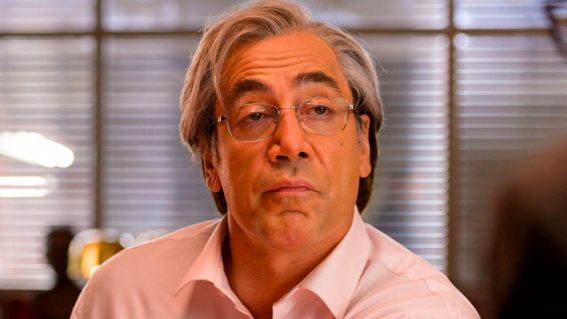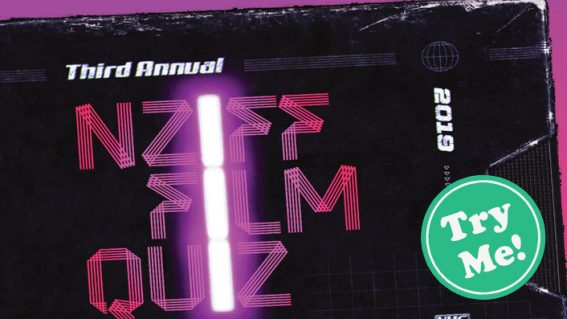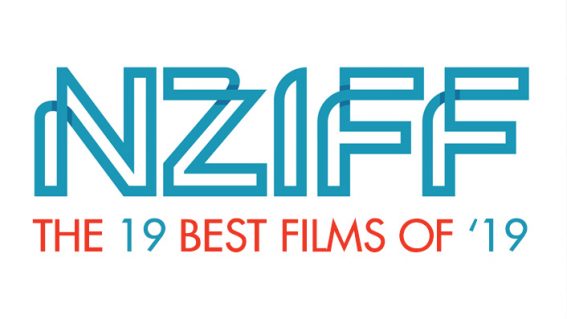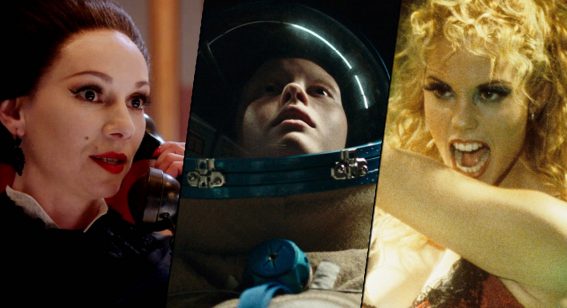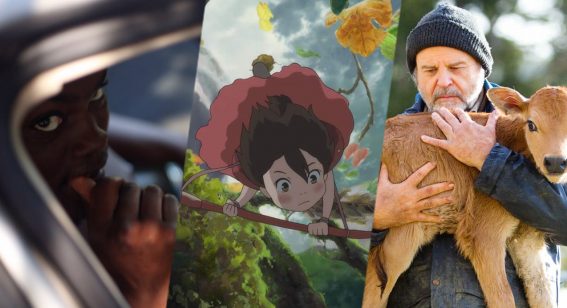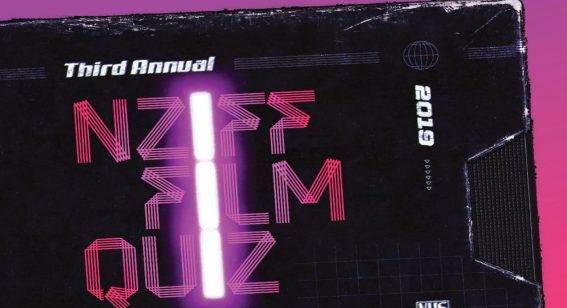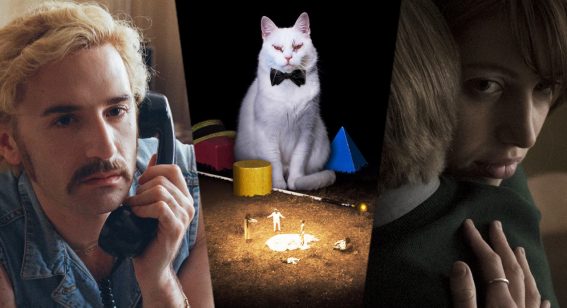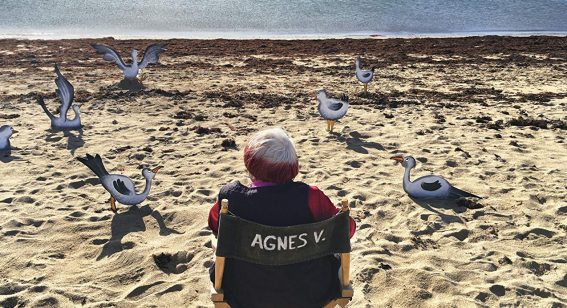The Gosden Years honours the legacy of former NZIFF director Bill Gosden
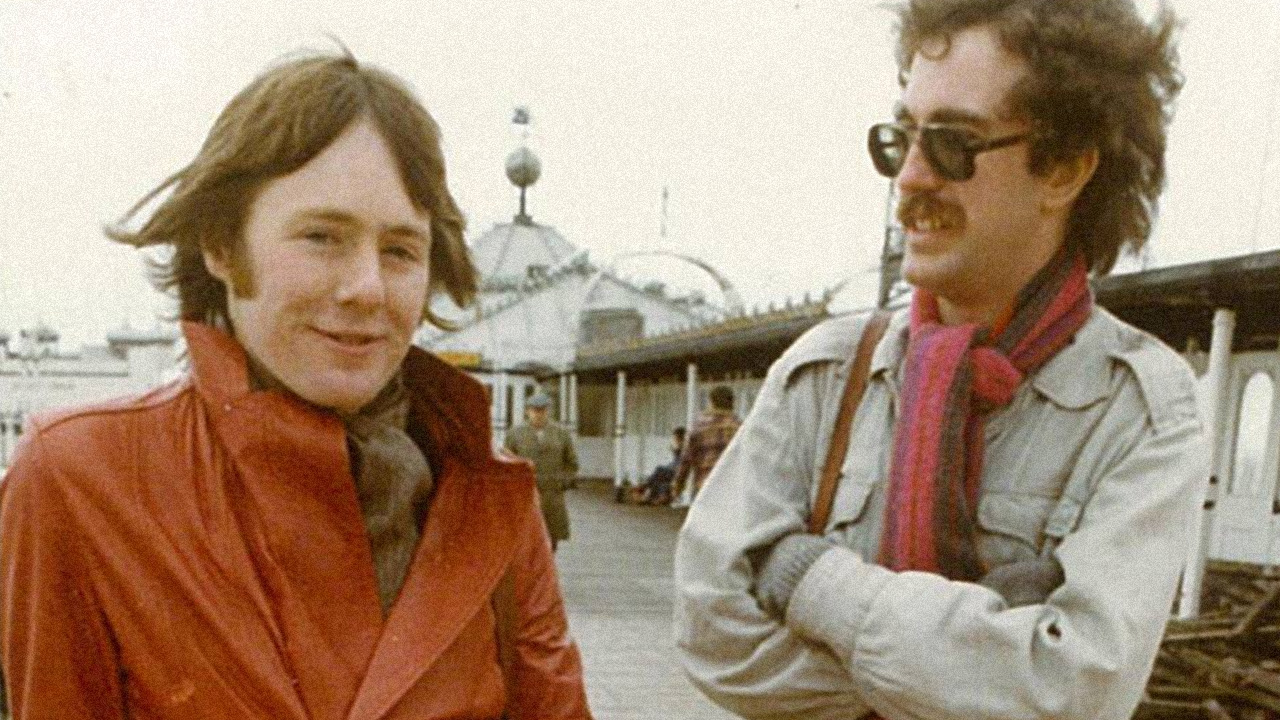
Magnificent new book The Gosden Years honours the immense legacy of former NZ International Film Festival director, the late Bill Gosden.
Conceived by Bill Gosden during the last months of his life last year, The Gosden Years catalogues his huge contribution to cinema in Aotearoa. Edited by Gaylene Preston and Tim Wong, and published by Victoria University Press, The Gosden Years chronicles Gosden’s legacy from 1980 to 2019.
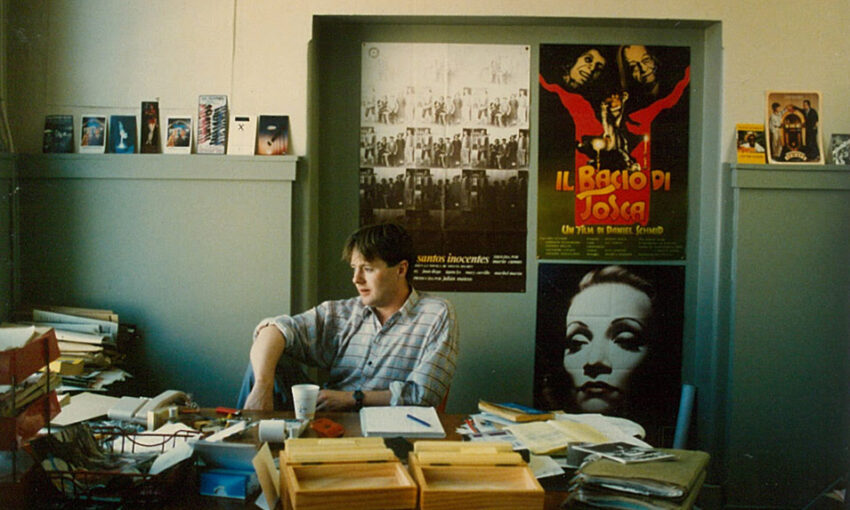
Structured year by year, and drawing on Bill Gosden’s writing for the annual NZIFF programme, The Gosden Years comprises his film notes written for each year’s selections, alongside Gosden’s annual programme introductions charting the constantly changing landscape, politics and challenges of film exhibition, as well as new notes on what made each year of the Festival so memorable (for good and bad).
As the publishers put it: “Brought together for the first time, these rare items richly chronicle filmmaking and film-going in New Zealand alongside the dedication of the people and partners who made the Festival a cultural institution under his stewardship. Through Gosden’s collected writings as well as new reflections on his time with the Festival, a story emerges of positive change in the film industry; the fight for artistic freedom and diversity on screen; and his own brilliant reputation as an ambassador, advocate, and tastemaker in the arts, whose sublime instinct for—and expression of—great cinema has inspired and influenced so many.”
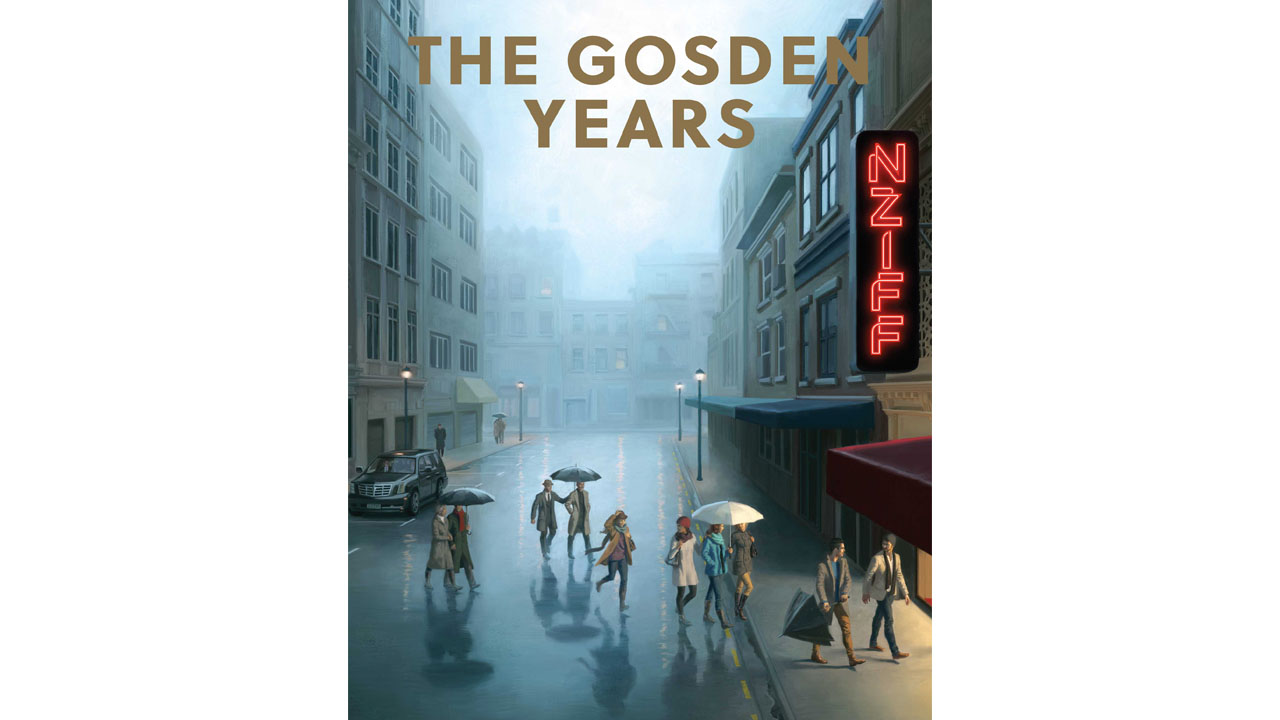
It’s an essential tome for those of us whose journey through film has been influenced by Gosden, and I can’t recommend purchasing a copy nearly enough. The Gosden Years is available from November 11 – click here to pre-order now.
To get a sense of what you’ll find in The Gosden Years, Victoria University Press has kindly allowed Flicks to publish an extract from 2004.
Bill Gosden’s notes, written last year, set the context of the 2004 event and as you’ll read for yourself, Gosden’s programme note for Kaikohe Demolition demonstrates his affinity for Aotearoa filmmaking, and ability to foster excitement for it.
2004 notes
Annus mirabilis. Welcome to the Telecom New Zealand International Film Festivals. The first ever naming rights sponsorship brings in substantial cash, a vastly increased marketing spend, and a ban on the colour red in our marketing material. Michael Moore’s Fahrenheit 9/11 sells out the Civic and the Regent, Dunedin in record time. Super Size Me and Manufacturing Consent weren’t far behind. As distributors and exhibitors the world over were discovering, there was theatrical life in activist documentaries.
After years of mocking our good repute, Ant Timpson set aside his Incredibly Strange Film Festival and brought a new strand of disrepute to ours.
The premiere of Florian Habicht’s Kaikohe Demolition, starring the Kaikohe Brass Band, was a joyous circus, surpassed only by the film itself. An hour or so later Brad McGann’s In My Father’s Den screened to a packed Civic. Would there ever be a richer day for New Zealand cinema at the Festival?
Kaikohe Demolition
Kaikohe made world news in 1991 when children there attacked Santa at the Christmas parade. It’s not an easy image to dislodge, one of the locals admits ruefully, but if anything can do the trick it is Florian Habicht’s empathetic, funny account of small-town life on the poverty line, as told by those living it. The only violence in this Kaikohe occurs at demolition derbies, which seem to coincide with every festive date on the calendar, including Mother’s Day. Cars no longer fit for the road are stripped down, painted up, and then rammed into each other until the last one moving is declared the winner. The participants gleefully explain the finer points of the sport to the filmmaker. His sheer enjoyment of their creative approach to destruction—‘putting a little more tread in the tyres’ with a chainsaw, for example—is reciprocated in the fun they’re having entertaining him. Kaikohe Demolition is an unabashed declaration of love for these guys, but the valentine’s composed with a graceful formality that makes it abundantly suitable for public consumption.
It’s no surprise that Habicht, who made a ‘dump hand’ the hero of last year’s Woodenhead, can find the flamboyance and poetry in the spectacle of mobilised car-wreckage. He mostly spares us the noise and treats us to the Fellini-eye view of the big events, which is to say you’re more likely to hear Nino Rota on the soundtrack than the scream of shredding rubber or the death rattles of car engines. This aesthetic view of violent machine death feels amazingly unforced, though, for embedded within it is an abundance of stunningly specific detail, shot with elegance and a lively responsiveness to the personalities of men, women and children by Habicht and collaborator Christopher Pryor.
What’s finally most arresting about this film is the easy intimacy with its hard-case subjects. Relaxing in a hot mineral pool after a tough day at the track, they regale us with their exploits and speak with candour, laughter and amazing grace about life in general. These guys are so unequivocally New Zealanders that they run the risk of being head-hunted before Christmas by whichever political party is undergoing the bigger identity crisis, or employing the most insane advertising agency. I know I’d vote for them.
The Gosden Years is available from November 11 – click here to pre-order now | We’ve also got a copy to give away

